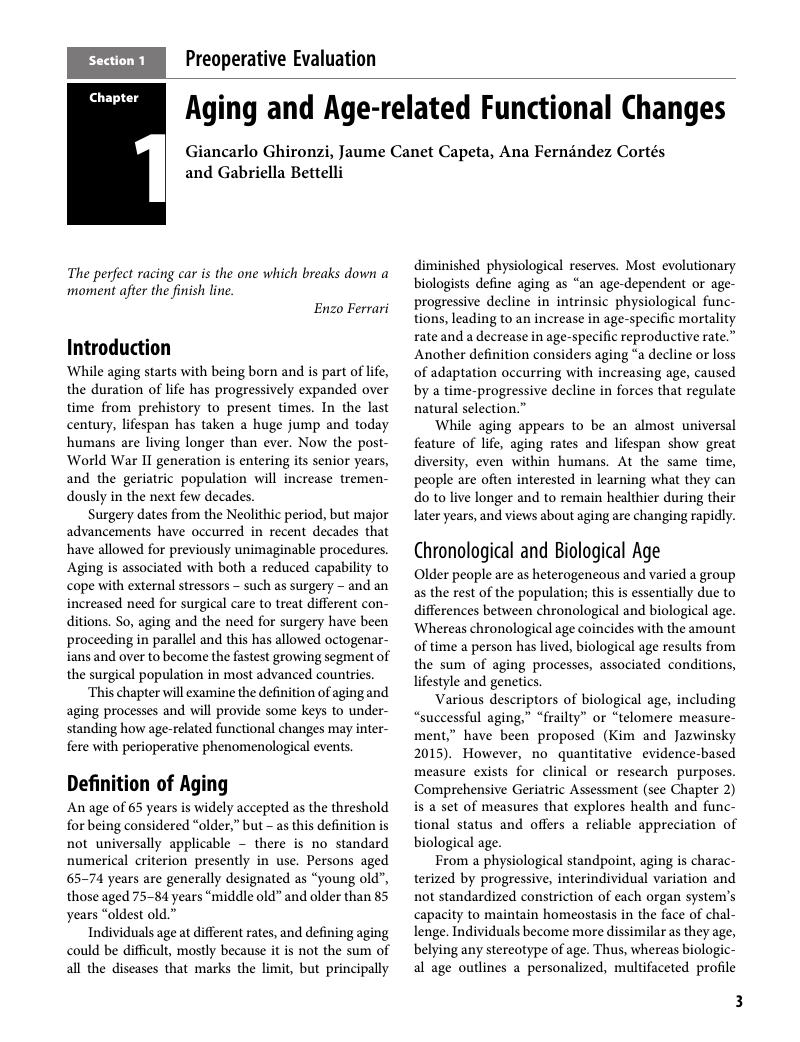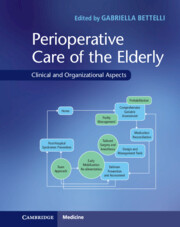Book contents
- Perioperative Care of the Elderly
- Perioperative Care of the Elderly
- Copyright page
- Contents
- Contributors
- Forewords
- Preface
- Introduction: Population Aging, Healthcare Systems and Surgery
- Section 1 Preoperative Evaluation
- Section 2 Preparation for Surgery
- Section 3 Intraoperative Management
- Section 4 Postoperative Management
- Section 5 Key Issues for Optimal Organization
- Index
- References
Section 1 - Preoperative Evaluation
Published online by Cambridge University Press: 16 November 2017
- Perioperative Care of the Elderly
- Perioperative Care of the Elderly
- Copyright page
- Contents
- Contributors
- Forewords
- Preface
- Introduction: Population Aging, Healthcare Systems and Surgery
- Section 1 Preoperative Evaluation
- Section 2 Preparation for Surgery
- Section 3 Intraoperative Management
- Section 4 Postoperative Management
- Section 5 Key Issues for Optimal Organization
- Index
- References
Summary

- Type
- Chapter
- Information
- Perioperative Care of the ElderlyClinical and Organizational Aspects, pp. 3 - 80Publisher: Cambridge University PressPrint publication year: 2017



